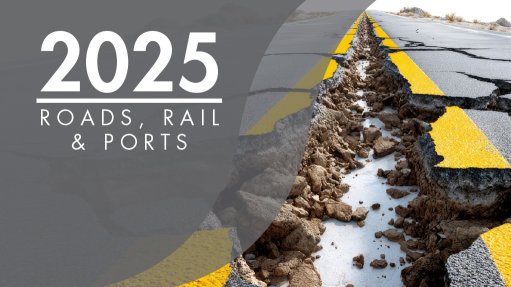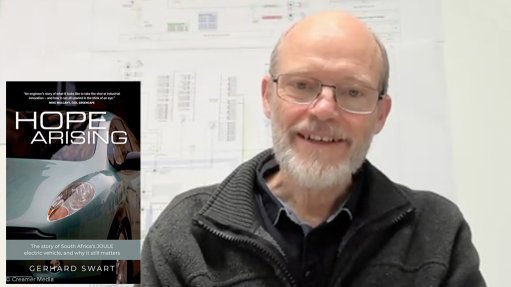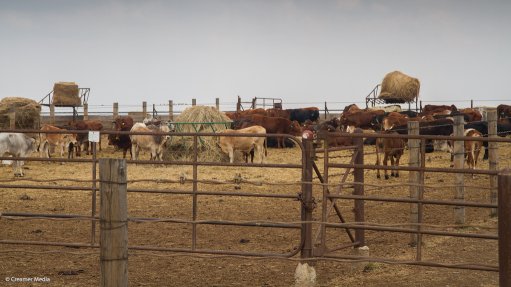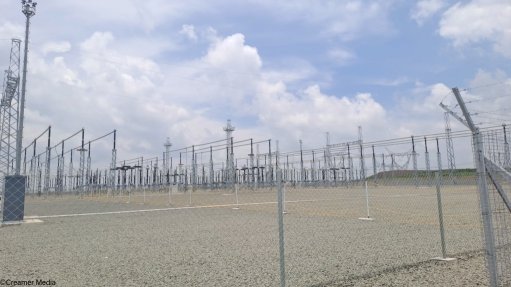Namibia’s Cabinet of equals
While Netumbo Nandi-Ndaitwah – who has been at the helm of the Namibian State for the past fortnight – may not be Southern Africa’s first female President, she stands out as the first to win the office through the ballot box. This is a distinction she shares with neither Malawi’s Joyce Banda nor Tanzania’s Samia Suluhu Hassan, both of whom ascended to power after the untimely death in office of the Presidents they deputised.
The new Namibian leader has hit the ground running, unveiling an executive team consisting of herself, a Vice President, a Prime Minister, a Deputy Prime Minister who doubles as the Minister of Mines and Energy, 14 other Ministers, and seven Deputy Ministers.
The new configuration trims the Cabinet from 21 Ministers – all with Deputies – in the previous administration to just 14, with only seven having a Deputy.
In a move that’s hard to ignore, the new Vice President is a woman too, as are eight of the 14 Ministers.
If anyone needed any proof that Namibia’s governing Swapo party, under the leadership of Nandi-Ndaitwah, is serious about gender equality, then here it is. Female representation in the current Namibian Cabinet far exceeds Mozambique’s 50% and South Africa’s 48%, the highest proportions on the continent, as reported in the International Institute for Democracy and Electoral Assistance’s Women’s Political Participation Africa Barometer 2024, published in July last year. The Southern African neighbours, along with countries such as Guinea-Bissau, Rwanda, Burundi and Tanzania – with representations of 44%, 42%, 40% and 37% respectively – now look a little less progressive, all overshadowed by Namibia’s impressive feat.
Leaders such as Nandi-Ndaitwah should be lauded for their bold efforts to increase women’s participation, given the decidedly slow progress that African countries have made on this front. With regard to Parliamentary representation, for example, while countries such as Rwanda boast an impressive 61%, women MPs constitute only 4% of the total in Nigeria. Indeed, women’s representation in African Parliaments improved by just one percentage point between 2021 and 2024 – from 25% to 26%. At this rate, it will take until 2100 for African countries to achieve gender parity in their national legislatures, a milestone that should be reached by 2030, according to the UN’s Sustainable Development Goal 5.5.
As was underscored at the seminal Beijing Platform for Action back in 1995, women’s equal participation in decision-making is not only a demand for simple justice or democracy but can also be seen as a necessary condition for their interests to be considered. I’m glad the Namibians – and others – are moving towards fulfilling that goal.
It is also remarkable that Nandi-Ndaitwah chose to have a lean – and, hopefully, mean – executive team. In contrast, the current South African executive, appointed after the cobbling together of the Government of National Unity (GNU) following elections in May last year, consists of 30 Ministers and 36 Deputy Ministers. That’s two more Ministers and seven more Deputy Ministers than when the African National Congress was the sole governing party.
Understandably, President Cyril Ramaphosa had to accommodate nearly all the parties participating in the GNU in his new executive. As the days of single-party rule seem to be gone forever, South Africans should brace themselves for bloated governments moving forward.
But big governments don’t translate into improved government efficiency. If this was the case, Sri Lanka, which holds the Guinness World Book of Records distinction for the highest number of Cabinet Ministers – 52, appointed in 2005 – would have the most efficient government.
Instead, bloated governments are a source of worry everywhere. As someone so beautifully put it, “they are a huge burden to the taxpayers who can barely access basic services like healthcare, food and shelter so that a few men and women can be driven in huge government cars, sirens on, creating chaos as their drivers box other motorists out of the way for their masters”. By some estimates, the funds used to fuel these petrol-guzzlers daily can feed more than 100 food-short people for more than a week.
Namibians should be grateful their new leader understands the principle of ‘Minimum Government for Maximum Governance’.
Article Enquiry
Email Article
Save Article
Feedback
To advertise email advertising@creamermedia.co.za or click here
Comments
Press Office
Announcements
What's On
Subscribe to improve your user experience...
Option 1 (equivalent of R125 a month):
Receive a weekly copy of Creamer Media's Engineering News & Mining Weekly magazine
(print copy for those in South Africa and e-magazine for those outside of South Africa)
Receive daily email newsletters
Access to full search results
Access archive of magazine back copies
Access to Projects in Progress
Access to ONE Research Report of your choice in PDF format
Option 2 (equivalent of R375 a month):
All benefits from Option 1
PLUS
Access to Creamer Media's Research Channel Africa for ALL Research Reports, in PDF format, on various industrial and mining sectors
including Electricity; Water; Energy Transition; Hydrogen; Roads, Rail and Ports; Coal; Gold; Platinum; Battery Metals; etc.
Already a subscriber?
Forgotten your password?
Receive weekly copy of Creamer Media's Engineering News & Mining Weekly magazine (print copy for those in South Africa and e-magazine for those outside of South Africa)
➕
Recieve daily email newsletters
➕
Access to full search results
➕
Access archive of magazine back copies
➕
Access to Projects in Progress
➕
Access to ONE Research Report of your choice in PDF format
RESEARCH CHANNEL AFRICA
R4500 (equivalent of R375 a month)
SUBSCRIBEAll benefits from Option 1
➕
Access to Creamer Media's Research Channel Africa for ALL Research Reports on various industrial and mining sectors, in PDF format, including on:
Electricity
➕
Water
➕
Energy Transition
➕
Hydrogen
➕
Roads, Rail and Ports
➕
Coal
➕
Gold
➕
Platinum
➕
Battery Metals
➕
etc.
Receive all benefits from Option 1 or Option 2 delivered to numerous people at your company
➕
Multiple User names and Passwords for simultaneous log-ins
➕
Intranet integration access to all in your organisation

















